- December 9, 2022
Lean manufacturing is one of the trending manufacturing techniques in the world today. Developed by Kiichiro Toyoda, the founder of Toyota Motor Corporation, this process helps corporations and manufacturing companies cut down on waste.
So, what is lean manufacturing? How does it work? What are the principles and types of lean manufacturing? Keep reading as we provide answers to these questions and other important things about lean manufacturing.
What is Lean Manufacturing?
The lean manufacturing process, referred to as “just-in-time” (JIT) production, dates back to the early 20th century. Toyota developed the Toyota Production System in the 1940s to minimize wasteful activities in its production method or process. The company came up with three objectives that work. The objectives are to:
- Take out overburden (Muri)
- Take out inconsistency (Mura)
- Eliminate waste (Muda)
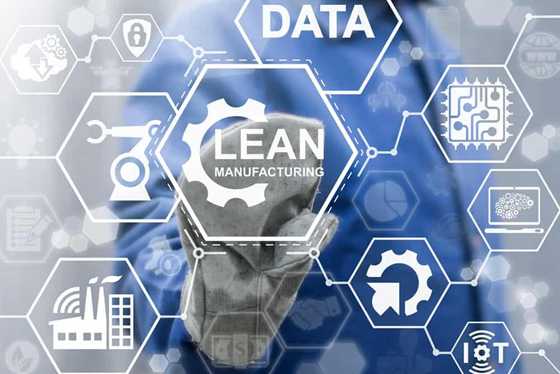
However, waste elimination in lean manufacturing does not translate to cutting off the workforce or taking drastic “shortcuts.”
It is important to note that eliminating waste is not the ultimate goal of lean manufacturing but rather delivering sustainable value to customers. Lean manufacturing is a beneficial process as it reduces lead times and improves product quality and operational costs in the long term.
How Does Lean Manufacturing Work?
Lean manufacturing definition is the application of lean practices, tools, and principles in manufacturing or developing a product. It is a principle based on optimizing the product development process by eliminating waste, cutting costs, boosting innovation, and reducing time to market.
In addition, lean manufacturing views waste as any production process or component that does not add value to the customer. The waste includes processes, products, activities, or services that require money, time, or skill but does not add value to the customers. It also considers excess inventories, ineffective or wasteful procedures, and underused talent.
By reducing waste and improving production, lean manufacturing delivers sustainable value to clients.
5 Principles of Lean Manufacturing
There are five core lean manufacturing principles used to implement lean. These principles include value, value stream, creating a flow, establishing a pull system, and perfection. Let us examine these principles in detail.
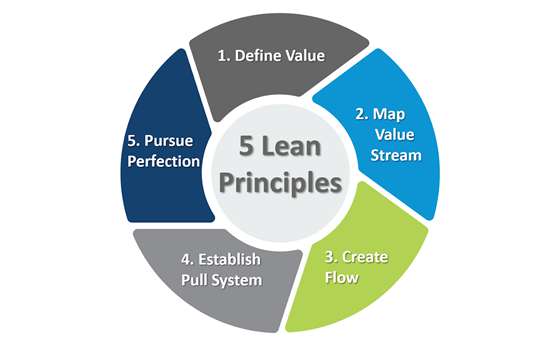
1. Value
Determined from the perspective of the customer, value relates to how much a customer is willing to pay for a particular product or service. It is in the place of the service provider or manufacturer to create value while eliminating waste. With waste eliminated, it becomes easier to merge the cost of the product with the price the customer is willing to pay for it while maximizing profits.
2. Value Stream
The value stream considers the product’s entire life cycle, ranging from procurement of raw materials to disposal or recycling. This principle of Lean utilizes chain alignment to examine each stage of the production cycle for waste, aiming to remove any process that does not add value to customers.
Analyzing the value stream requires the combined effort of engineers, designers, scientists, and every professional involved in the manufacture of the product or service.
3. Create a Flow
In lean manufacturing, the belief is that interruptions and disharmony during production processes would break the flow while increasing the cost of production. So the principle of creating flow involves eliminating functional barriers in production that influence lead time. Removing these barriers would result in a smoother process flow, thereby improving lead time and minimizing waste.
4. Establish a Pull System
Lean production believes in establishing a pull system instead of the push system used in manufacturing resource planning. In push systems, the determination of inventory occurs in advance. Here, manufacturers set production to meet forecasts and sales. However, the push system results in a lot of waste because most forecasts are inaccurate and often result in producing too much or too little to meet demand.
A pull system on the other hand only works with demand. It is a flexible and efficient process that relies on optimal communication for success. Consequently, teams that work using the pull system only progress to new tasks on completion of previous ones. Thereby allowing teams to adapt to production challenges as they arise.
5. Perfection
Perfection is one of the key principles of the lean manufacturing process. Lean manufacturing involves continuously assessing production procedures and processes to find a perfect system for the value stream.
This principle of perfection believes continuous assessment comes with continuous improvement in practices and manufacturing procedures. The metrics assessed include; production-cycles, lead times, cumulative flow, and throughput.
Types of Waste in Lean Manufacturing
Removing waste in production is one of the primary principles of lean manufacturing. Waste has been one of the biggest reasons for depleting profits in a business.
Lean manufacturing recognizes seven types of waste within a manufacturing process. Six of these wastes relate to the production system. The last relates to managing employees or workers.
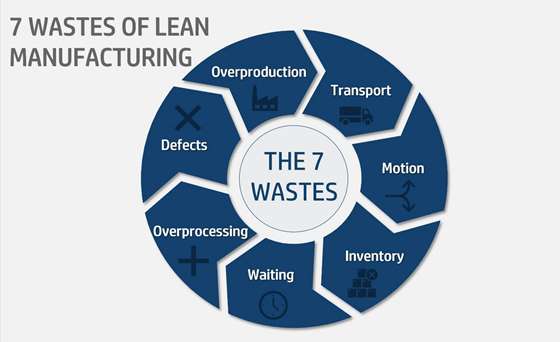
1. Overprocessing
This refers to any unnecessary step of the production line or manufacturing process. It is a sign of a poorly designed process. Furthermore, this can be poor communication, human error, overlapping authority, or data duplication.
As a result, it leads to a waste of materials, labor, energy, time, and gas emissions. A simple solution like process mapping can simplify the process to reduce waste.
Process mapping is a lean waste tool that can eliminate excess processes. This tool includes and ensures the performance of production tasks, reporting, document control, and sign-off.
2. Overproduction
Overproduction can lead to all other types of waste and, in most cases, excess inventory. This leads to more raw materials consumed and the possibility of the end product degrading in storage, leading to waste.
Therefore, one measure to combat this waste is by measuring the Takt time, which is the rate at which production must operate to meet customer demand. If there is success in reducing the takt time, the production process will work more efficiently.
3. Defects
This refers to products that fall short of expectations from a customer or the design standard. A defective product will need replacement with another.
This impacts time, customer satisfaction, money, and resources. As a result, there is a waste of labor, materials used to produce the defective product, replacement, energy, time, and so on.
To combat this, ensure operational standards at all stages of the production line. This could imply more and better documentation of design changes and the development of checklists to ensure adherence.
4. Inventory
This results from unprocessed inventory. It includes waste of storage, capital, transport of the inventory, containers, and space used for the inventory, storage costs, and others. This could indicate a broken process link between the procurement or scheduling of raw materials or products and the manufacturing process.
An excess of inventory can also hide the potential waste of producing the inventory. An effective solution to this waste is just-in-time production. There should be a balance in procuring raw materials and products based on customer needs.
5. Transportation
This is the moving of materials or products from one position to another. Furthermore, transportation adds no value to the product itself; this implies that, where possible, you should minimize its cost. This could also mean waiting for materials to start production, which is a waste.
Minimizing costs could mean locating production plants close to each other or getting a more efficient means of transportation, like bigger trucks, to reduce the number of trips.
This would also reduce waste associated with likely damage to products while in motion, waste in transportation packaging, energy, gas emissions, and so on.
6. Waiting
Waiting refers to the wait time for a production process to be complete before moving on to the next. Costs for overtime, expediting processes, or machine parts increase as a result.
It could also lead to waste when the workers try to beat time by taking shortcuts, which could lead to product defects. The management can address this through proper measurement of the time taken and a change in the process design.
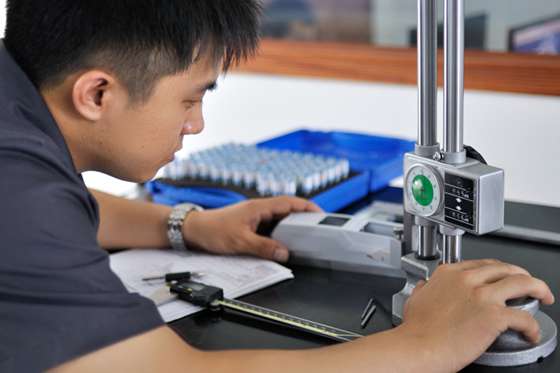
7. Non-utilized Talent
This type of waste occurs when management cannot use all the available potential talent. In most cases, this waste is due to poor management and communication between the management and the workers.
An effect of this is that management assigns workers jobs that they have no training for or the wrong tasks. The management can achieve this through training opportunities and involvement in process improvements.
Advantages and Disadvantages of Lean Manufacturing
Lean production has several advantages and disadvantages depending on its area of implementation. Here are some advantages and disadvantages of lean manufacturing.
Advantages of Lean Manufacturing
Eco-friendly
The lean manufacturing process is eco-friendly because it reduces waste, which often translates to a reduction in fuel and energy use. It also encourages using energy-efficient tools and equipment for production, thereby reducing costs.
Saves Money and Time
One of the most obvious merits of lean manufacturing is its ability to reduce the cost of production. Lean manufacturing encourages efficient and streamlined workforce and workflows and adequate resource allocation, saving costs. Also, employing this manufacturing technique helps reduce lead time.
Improved Customer Satisfaction
Delivering a product or service to customers at the right time and cost improves customer satisfaction. And with lean manufacturing, producers and service providers always seek to satisfy their customers.

Disadvantages of Lean Manufacturing
Places an Embargo and Future Development
Lean manufacturing’s focus on the present could limit future developments. Lean manufacturing focuses on cutting waste, which could result in management doing away with areas of the company deemed inconsequential to the current production strategy.
However, in some cases, these areas may be of great importance to the company’s future development.
Wellbeing and Safety of Company Staff
Lean manufacturing’s focus on streamlining production procedures and eliminating waste often affords employees very little margin for error. Because of this, work stress and pressure on employees increases, which is often detrimental to their well-being and safety.
Difficult to Standardize
Standardizing lean manufacturing is nearly impossible since it is a company culture rather than a set production method or technique. Also, since standardization is difficult, manufacturers perceive this technique as vague and loose instead of robust and functional.
What are the Best Lean Manufacturing Tools?
Lean manufacturing employs several tools and techniques for achieving a company’s goals. The tool used is often dependent on the business environment and goal. However, here are the best lean manufacturing tools.

Kanban
This is a digital or physical signal that works by triggering small batch production when needed. Examples of this tool include a Kanban card and a 2-bin system.
Kaizen
This tool’s purpose is to create small changes for everyone, every day and everywhere. It is a tool ideal for continuous improvement, taking in the contribution of everybody involved.
Value Stream Mapping
This is a multifunctional tool used to draw, analyze and improve material and information flow by using a value stream. Value stream involves the complete series of activities needed for the service or manufacture of a product from start to finish.
5S Management
The 5S consists of five disciplines include; sort, set in order, shine, standardize and sustain. It is a productivity tool that makes an abnormality obvious to increase efficiency.
Plan-Do-Check-Act (PDCA)
This is an essential lean management tool ideal for enlisting continuous improvement. This tool includes a comprehensive framework for identifying and solving problems easily.
The steps involved in utilizing this tool include: making plans for a particular goal and doing the necessary work to accomplish the plan. It also includes examining the result of work done and adjusting or fixing unsatisfactory results.
Practical Lean Manufacturing Tips for Machine Shops
Here are some practical lean manufacturing tips for use by machine shops.
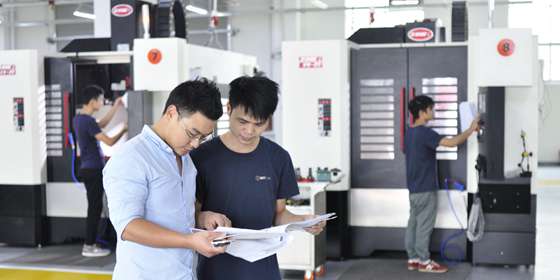
1. Make Sure your Manufacturing System has a Simple Design
It is easier to monitor, and improving systems is easy. So, it is best to break your production system down into simple parts for easy evaluation and improvement.
2. Keep Searching for Ways to Improve
Always search for ways to improve your manufacturing procedure. It is also important that you encourage and support your staff to find better manufacturing procedures and review work done to improve.
3. Continuously Implement Improvements in Design
Seeking out improvement is fine and good, but implementing these improvements in designs and procedures improves the company. It is also important to measure improvements and make small incremental changes instead of large ones.
4. Seek Staff Support
Without the support of your staff, practicing the above tips would be an uphill task. This is why you need to gain the support of your employees by letting them know the benefits of the Lean manufacturing system.
WayKen's Lean Manufacturing Capability
At WayKen, we have one of the best standards in manufacturing as well as a lean manufacturing certification. We are a CNC machine shop that optimizes manufacturing processes to cut down on waste. We also have a quick turnaround time to sure you can get the products as soon as possible.
Our manufacturing services which range from rapid prototyping, CNC machining, injection molding, and 3D printing, are all budget-friendly. So, contact WayKen for your lean manufacturing project today!
Conclusion
Lean manufacturing results in the manufacture of products with minimal waste. It is a technique that saves money and time by eliminating production processes that do not add value to customers. Applying Lean manufacturing across an organization is one way to get the best results.
Are you looking to incorporate lean manufacturing into your company? WayKen employs DFM when manufacturing your project parts to ensure minimal waste. Get a quote and let’s start a new project!
FAQs
What is the core principle of lean manufacturing?
The core principle of lean manufacturing is reducing waste while continually improving the production process.
What is the most significant benefit of lean manufacturing?
The most significant benefit of lean manufacturing is its ability to identify and define the root of waste in a company and develop the best way to address it.
What are the rules of lean manufacturing?
There are four basic rules; structure every activity or event, clearly connect every customer and supplier, specify and simplify the path of the workflow, and improve production procedure through experimentation.





